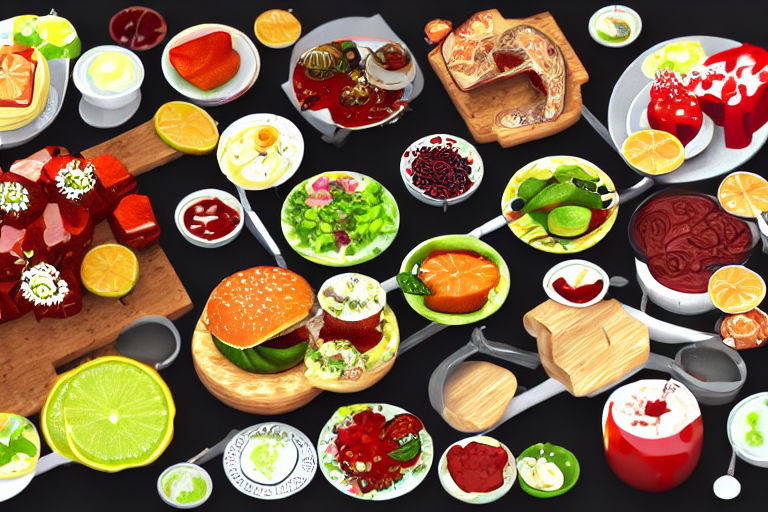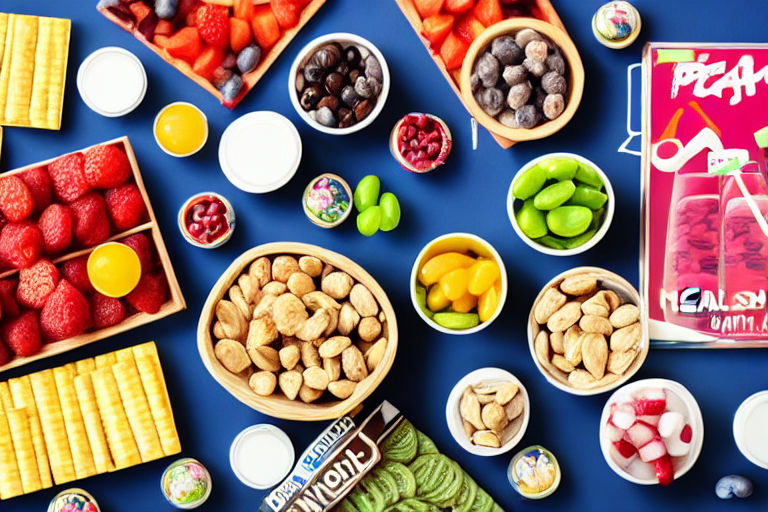Beyond Taste: How Garnishing Can Enhance the Flavor and Texture of Your Dishes
When it comes to cooking, taste is the primary factor that determines the success or failure of a dish. However, it's not just the flavor that affects our perception of a meal. The way food looks and feels can have a significant impact on how much we enjoy it. That's where garnishing comes in - it's an often-overlooked method that can help improve the overall flavor and texture of a dish.
What is Garnishing?
Garnishing is the process of adding extra decorative elements to a dish, with the primary aim of enhancing its visual appeal. It is often done with fresh herbs, edible flowers, nuts, fruits, or vegetables.
While garnishing serves a visual purpose, it can also play an essential role in the overall flavor and texture of a dish. Garnishing can provide an extra layer of flavor, depth, and crunch that makes a dish more compelling to taste.
The Different Types of Garnish
There are several types of garnishes, and the choice of the right one depends on the dish's ingredients, flavors, and colors. Here are some popular types of garnishes:
- Herbs: Herbs like basil, thyme, parsley, or chives can add freshness and flavor to any dish.
- Edible Flowers: These pretty, colorful flowers add visual interest to a dish and can be eaten too. Some examples include nasturtium, pansies, and violets.
- Nuts: Nuts can add texture and crunch to a dish. Pecans, almonds, and walnuts are some popular options.
- Fruits and Vegetables: Chopped or sliced fruits and veggies can add extra pops of color and flavor to any dish.
How Garnishing Enhances Flavor and Texture
Garnishing can enhance a dish's flavor and texture in several ways. Here are some examples:
- Adding Texture: Garnishes like nuts, seeds, or crispy fried onions can add extra texture to a dish that would otherwise be bland.
- Providing Contrast: By adding a different color or flavor, garnishes can help play up the contrast to the rest of the meal, making it more enjoyable
- Add Freshness: Herbs and edible flowers can add a refreshing, herbaceous taste that helps to balance out rich or heavy flavors.
- Providing an Aromatic Boost: Sprinkling a little chopped parsley or basil on top of a meal can help add an aromatic boost, making the dish more appetizing.
The Importance of Garnishing for Presentation
In addition to adding flavor and texture, garnishing is an effective way to make a dish look more visually appealing. It can turn an ordinary dish into an Instagram-worthy masterpiece.
Presentation is key when it comes to food, and garnishing can help make a dish stand out. The right garnish can draw the eyes of your guests towards the dish, making them eager to dive right in. By jazzing up a meal with a great-looking garnish, you can impress your guests and elevate the entire dining experience.
Conclusion
Garnishing is an essential yet often overlooked technique that can help enhance the overall flavor and texture of your dishes. With the right choice of garnish, you can add an extra layer of flavor, texture, and visual appeal that can make your meals more enjoyable.
So, the next time you're cooking up a storm in the kitchen, don't forget to give that meal a finishing touch with a lovely, edible garnish. Your taste buds (and your social media followers) will thank you!



